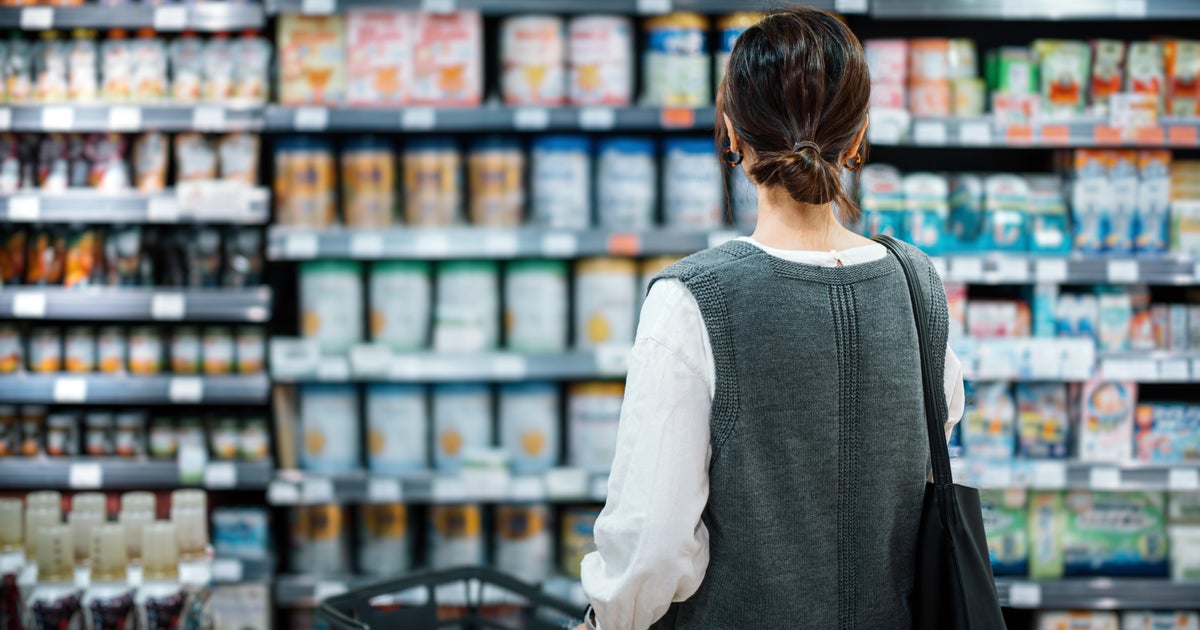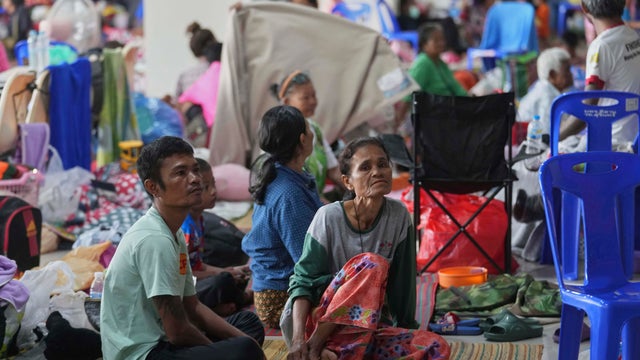

No response returned

The new normal for U.S. tariffs on foreign goods starts at 15%. Even as President Trump seeks to forge new terms of trade , the and other global economic partners, he is raising the floor for tariffs to their highest level in decades.
Speaking on Wednesday, Mr. Trump said "we'll have a straight, simple tariff of anywhere between 15% and 50%," conditioning the lower rate on countries opening their economies to the U.S.
The White House has said sharply higher tariffs could take effect on dozens of countries as soon as Aug. 1 unless they ink new trade deals. The Trump administration has a separate negotiating timeline with China, which for an agreement.
As these new rules of international commerce take shape, companies across a range of industries are emphasizing that higher tariffs translate into higher operational costs — and higher prices for consumers.
For example, Nestlé on Thursday said it was considering hiking prices for candy bars and other products as tariffs threaten to eat into the food company's profit margins. The same day, Italian fashion brand Moncler said it has already hiked prices for its apparel to offset additional tariff-related costs. And General Electric said this week that proposed U.S. tariffs, should they take effect, would cost the company around $500 million in 2025, noting that it would move to offset those taxes through "cost controls and pricing actions."
Orange juice importer Johanna Foods has gone a step further, this week filing a lawsuit against the Trump administration over its proposed , which the New Jersey company said would seriously hurt its business and force it to hike product prices by up to 25%.
The White House disputes that higher U.S. tariffs will drive up costs for businesses and consumers.
"The administration has consistently maintained that the cost of tariffs will be borne by foreign exporters who rely on access to the American economy, the world's biggest and best consumer market," White House spokesman Kush Desai told CBS MoneyWatch in a statement.
Desai also pointed to a recent by the White House's Council of Economic Advisers that he said shows import prices falling this year.
Economists warn that consumers should brace for higher prices on a range of goods, from leather products and clothing to electronics and automobiles, later this year.
"Up to now there has been only limited passthrough from tariffs into final consumer prices, but we still expect the impact to gradually mount in the second half of this year," Paul Ashworth, chief North America economist with Capital Economics, told investors in a research note. "Now that the Trump administration is concluding deals that would see the tariff rate facing most trading partners settling at between 15% and 20%, with even higher rates levied on Chinese imports, we suspect retailers will be forced to finally raise the prices paid by consumers."
Inflation in the early part of 2025 remained . That's because many companies and consumers accelerated their purchases of imported goods to avoid the risk of paying more if, or when, steep new tariffs take effect.
Meanwhile, in the short-term, sharply higher prices are unlikely across the board, according to trade experts.
"When you open up the hood of that, it's not going to be even across all categories of spending," Ernie Tedeschi, director of economics at the Budget Lab at Yale, told CBS MoneyWatch. "It's categories of spending where we import more that are going to be more sensitive to tariffs."
But over the longer term, an increased baseline tariff, coupled wtih higher levies on individual countries, is projected to drive up U.S. prices by 2% over the next two years, according to an from the Yale Budget Lab.
"This isn't an instantaneous, 'We wake up the next morning and the world is different,'" Tedeschi added.
But as the new U.S. tariff regime becomes embedded in global supply chains, some import-heavy product categories could see especially sharp price increases, he said. Specifically, foreign-made leather shoes and handbags, along with apparel, could see prices spike by at least 40%, while the cost of electronics could jump more than 20%, according to the Yale Budget Lab.




